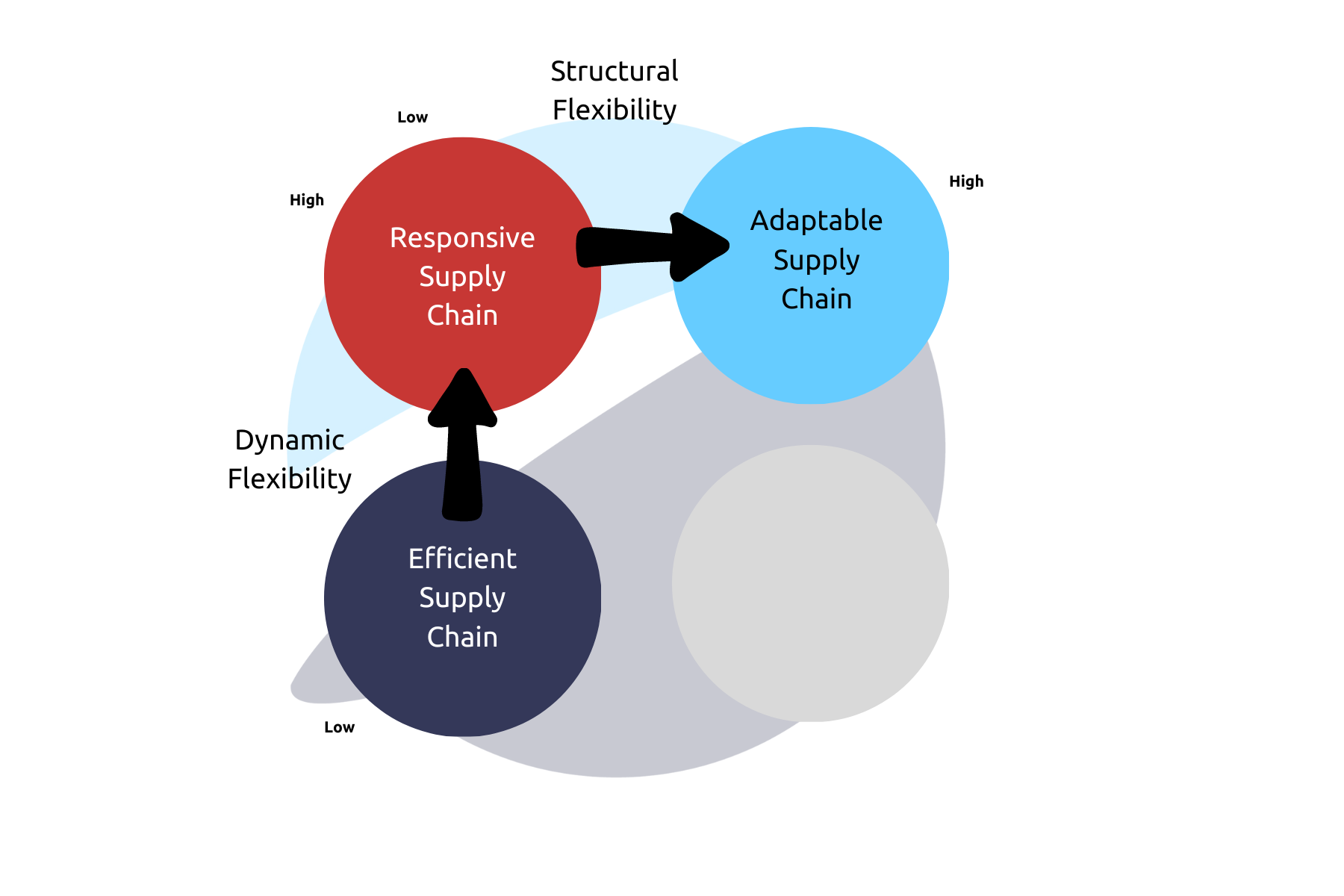Brokers and forwarders in the freight industry are adapting their strategies in response to a softening market. It highlights that the freight market, which experienced a significant surge during the pandemic, has started to weaken due to various factors such as slowing consumer demand, increased capacity, and changing trade dynamics.
Brokers and forwarders, who act as intermediaries between shippers and carriers, are facing challenges in maintaining profitability and finding suitable shipping options for their clients. As a result, they are reevaluating their approaches to stay competitive.
One of the main adjustments being made is a shift towards building stronger relationships with carriers. Brokers and forwarders are focusing on establishing long-term partnerships, providing consistent business, and offering value-added services to attract carriers. This shift aims to ensure reliable capacity and better rates for their customers.
Another strategy being adopted is diversification. Brokers and forwarders are expanding their service offerings beyond traditional truckload freight to other sectors such as intermodal, less-than-truckload, and small package shipping. By diversifying their capabilities, they can tap into new revenue streams and mitigate the impact of market fluctuations.
Technology also plays a crucial role in their adaptation efforts. Brokers and forwarders are leveraging digital platforms, data analytics, and automation tools to streamline operations, enhance efficiency, and improve customer service. These technological advancements help them make data-driven decisions, optimize routes, track shipments, and provide real-time visibility to clients.
Additionally, brokers and forwarders are placing a greater emphasis on providing personalized customer experiences. By understanding their clients' specific needs and offering tailored solutions, they can differentiate themselves in a competitive market and build stronger customer loyalty.
In conclusion, the article highlights that brokers and forwarders are adjusting their strategies to navigate the softening freight market. They are building stronger relationships with carriers, diversifying their service offerings, embracing technology, and prioritizing customer-centric approaches to stay resilient and adapt to changing market dynamics.



